If there’s a hot trend in handguns these days, it’s the 2011. In more recent years, Texas-based manufacturer Staccato took the 2011 design mainstream, but plenty of domestic and foreign manufacturers are doing their part to meet demand as well. Handguns of the 2011-style have gotten so popular that, oftentimes these days, any M1911-type pistol that holds more than seven rounds is labeled a “2011.” This can be confusing, especially for novices to the 2011/1911 universe. Trying to clear the air, I will attempt to explain the difference.
If there’s a limitation to John Browning’s M1911 design, it would be its single-column magazine that holds single digit numbers of .45 ACP or any other centerfire cartridge in which it can be chambered. Nearly from its moment of inception, people have been looking for a way to increase the capacity of the M1911, starting with World War I aviators, who used 20-round extended magazines in their M1911 pistols before aircraft-mounted machine guns were developed.
From Depression-era gangsters to recreational shooters, magazines double or more the length of a standard M1911’s detachable box were the only route to “high capacity” for the next 75 years or so (while the reliability of many extended M1911 magazines is dubious, there are several quality magazines on the market that can extend the capacity of a single-stack M1911). Enter PARA-Ordnance, and the term “high-capacity 1911” was no longer an oxymoron.
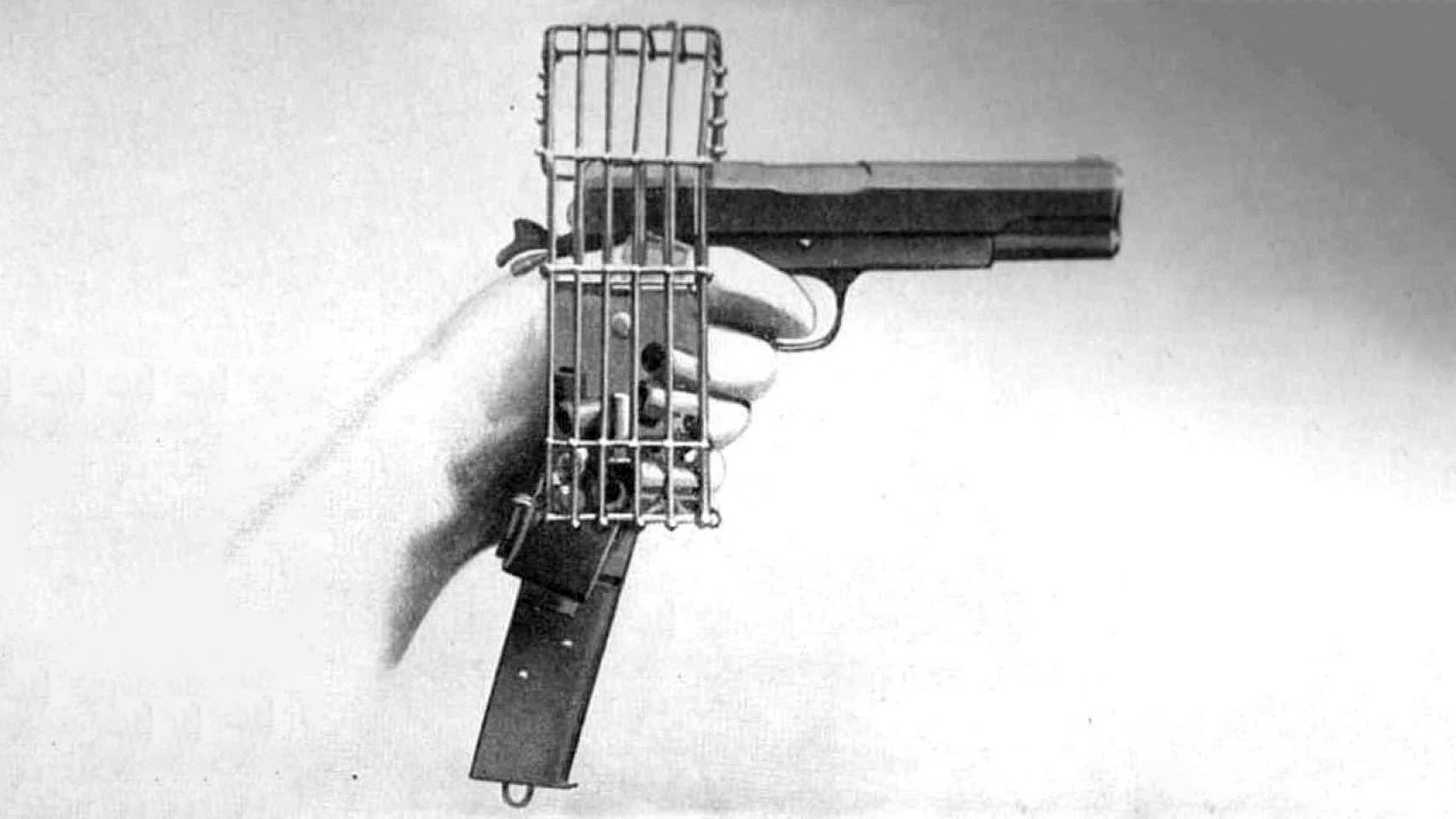
Today, M1911-type designs that use double-column magazines fall into three categories: wide-body M1911s, 2011s, and a group that I would label rather clumsily “proprietary, carry-size, double-stack, 9 mm M1911s.” What follows is a guide to these pistols.
The Wide-Body 1911
For decades, the single-stack M1911 reigned as the supreme semi-automatic handgun for the American shooter, but by the 1970s, its dominance was being challenged (especially in competition circles) by the new crop of higher capacity “Wonder Nine” pistols. Starting in the late 1980s, Canadian company PARA-Ordnance (read the history of the company through 2010 here) simply took the original M1911 and made its frame wide enough to accommodate a double-column magazine that held 13 rounds of the venerable .45 ACP. Besides the magazine, magazine release and trigger, most standard M1911 parts worked on a PARA-Ordnance frame, including the slide assembly. In fact, PARA got their start selling frame kits that allowed gunsmiths to custom build higher-capacity M1911s, especially for competitive shooters.
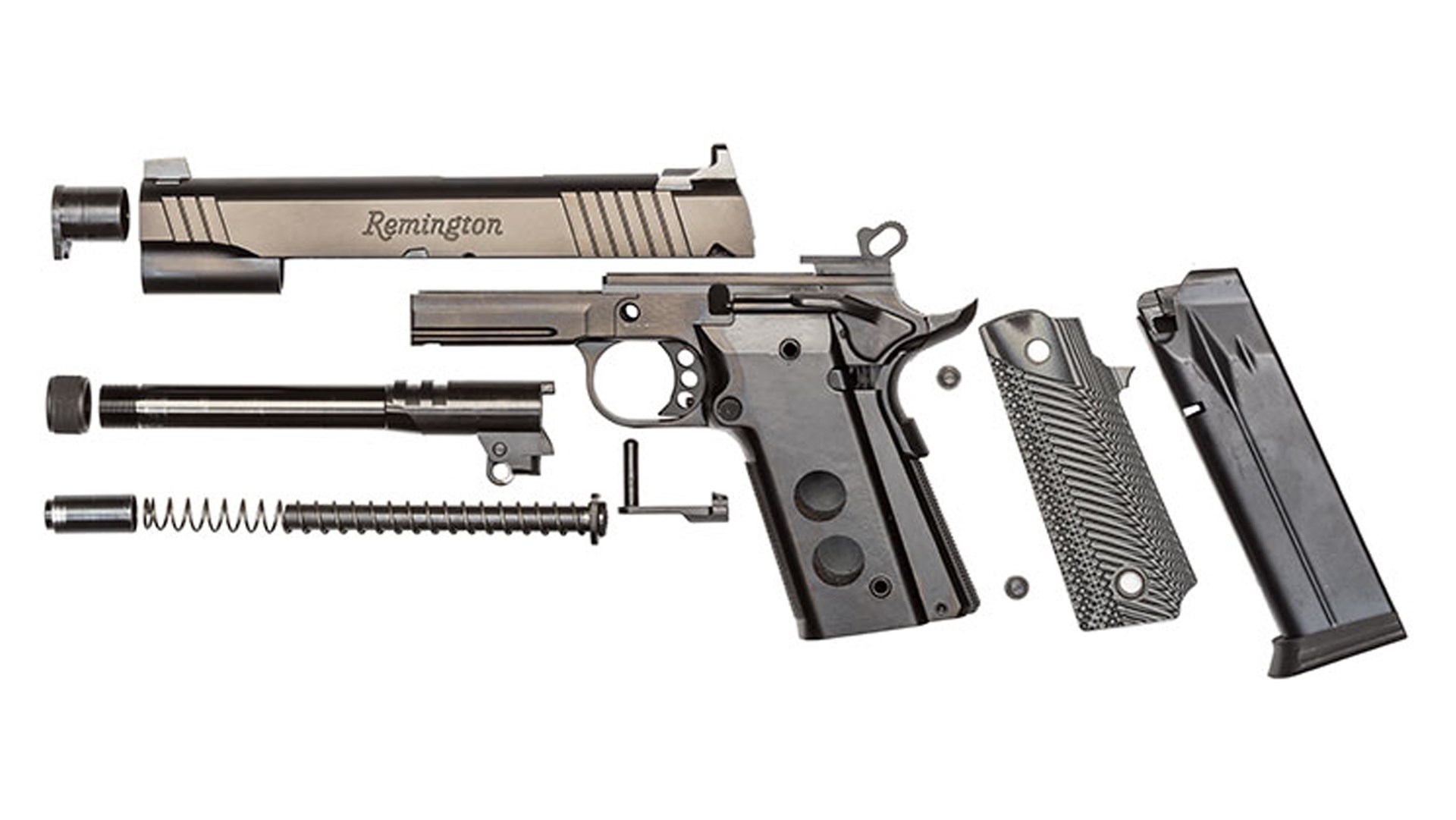
In this category, which I and many others designate “wide bodies,” we have the original PARA-Ordnance design and others that follow the same basic concept. The key characteristic of wide-body M1911s is that their entire frame, including the grip frame, is made of steel, aluminum or polymer as a single unit. You can identify a wide-body M1911 by the noticeable step where the main frame flares into the grip frame.
While robust and reliable, the wide-body M1911 is, well, wide. In fact, it may be too big for many users’ hands, especially when traditional grip panels are attached to it. (Note that the PARA-Ordnance-type double-column magazine is not interchangeable with a 2011-type magazine.)
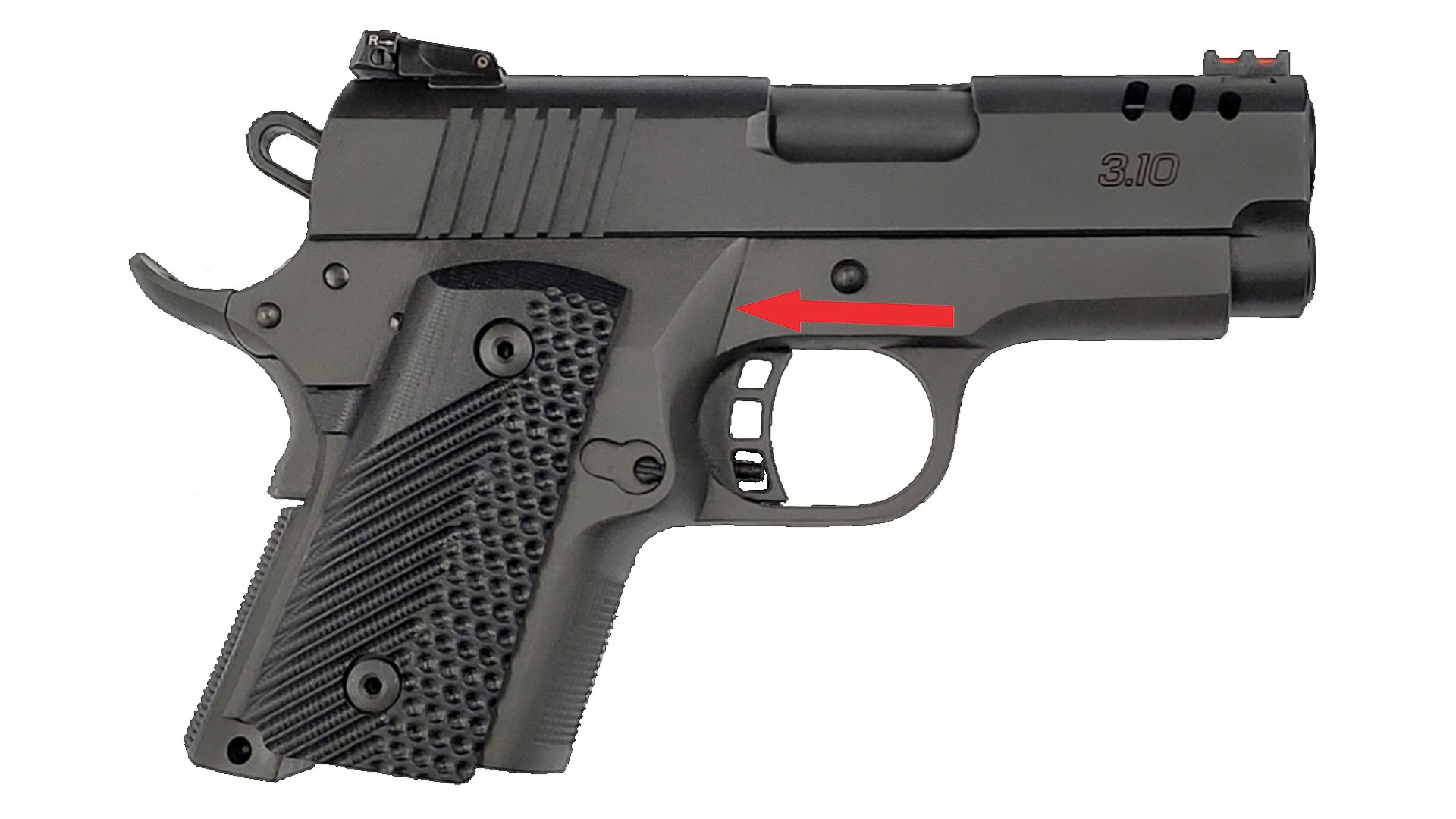
By the 1990s, demand was great enough that PARA began manufacturing complete pistols, eventually offering several size frames (14, 13 and 12-round .45 ACP capacities) and additional chamberings, including .40 S&W, .38 Super and 9 mm Luger. Well-known M1911 manufacturers, including Wilson Combat, built custom guns on PARA frames. Spanish manufacturer Llama and Brazilian maker Imbel (used by Springfield Armory) also made several models of steel-framed, double-stack M1911 pistols that followed the PARA wide-body pattern.
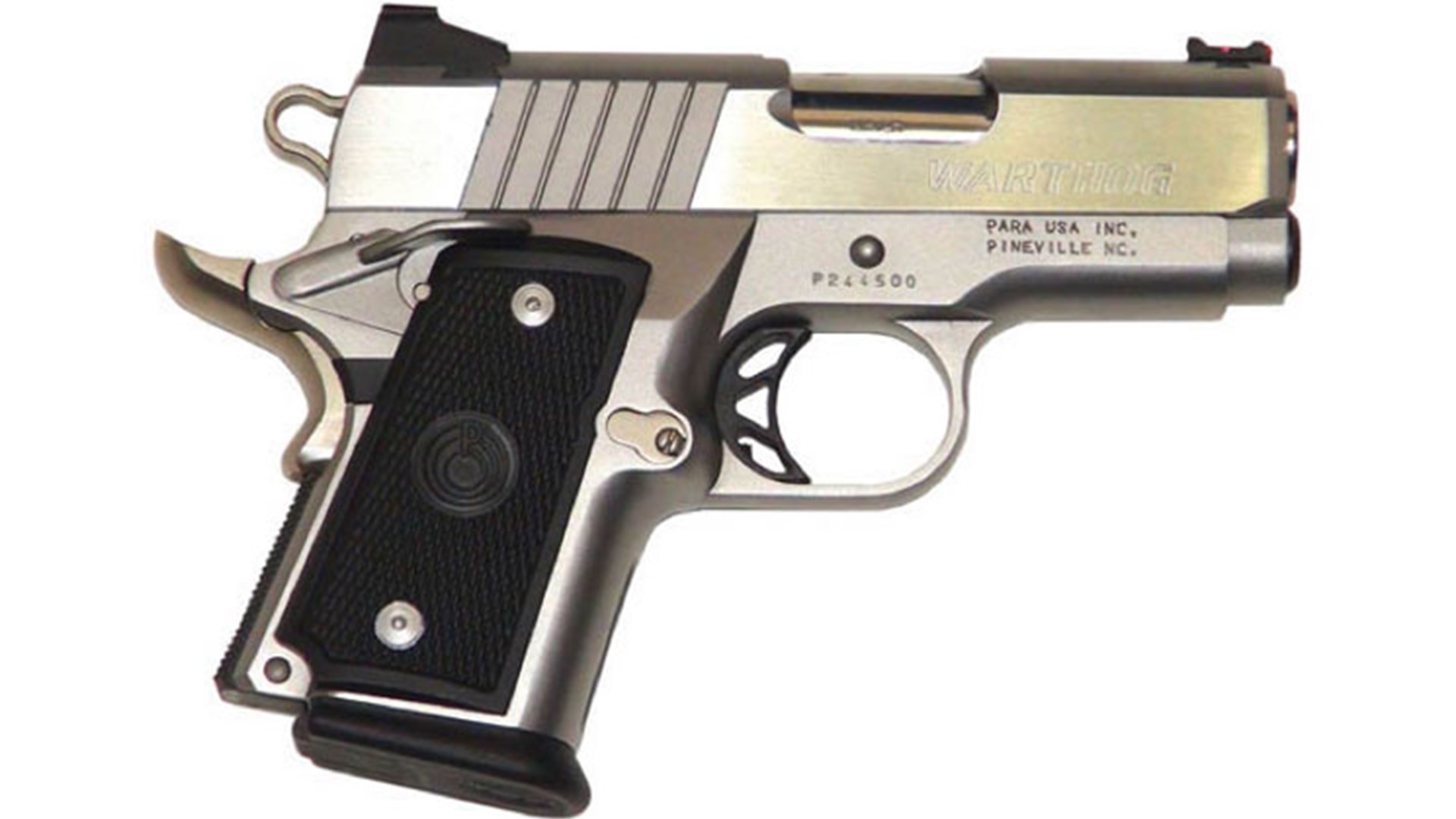
When the 1994 Assault Weapons Ban ended civilian sales of magazines that held more than 10 rounds, PARA responded by cranking out as many full-capacity magazines as it could before the ban took effect and then made the sub-compact, 3”-barrelled, 10-round Warthog. PARA-Ordnance eventually moved to the USA, introduced several other innovations to the M1911 design and was bought out by the Freedom Group who discontinued PARA-branded products in 2015. PARA-type wide-body M1911s continued to be manufactured under the Remington name until 2019.
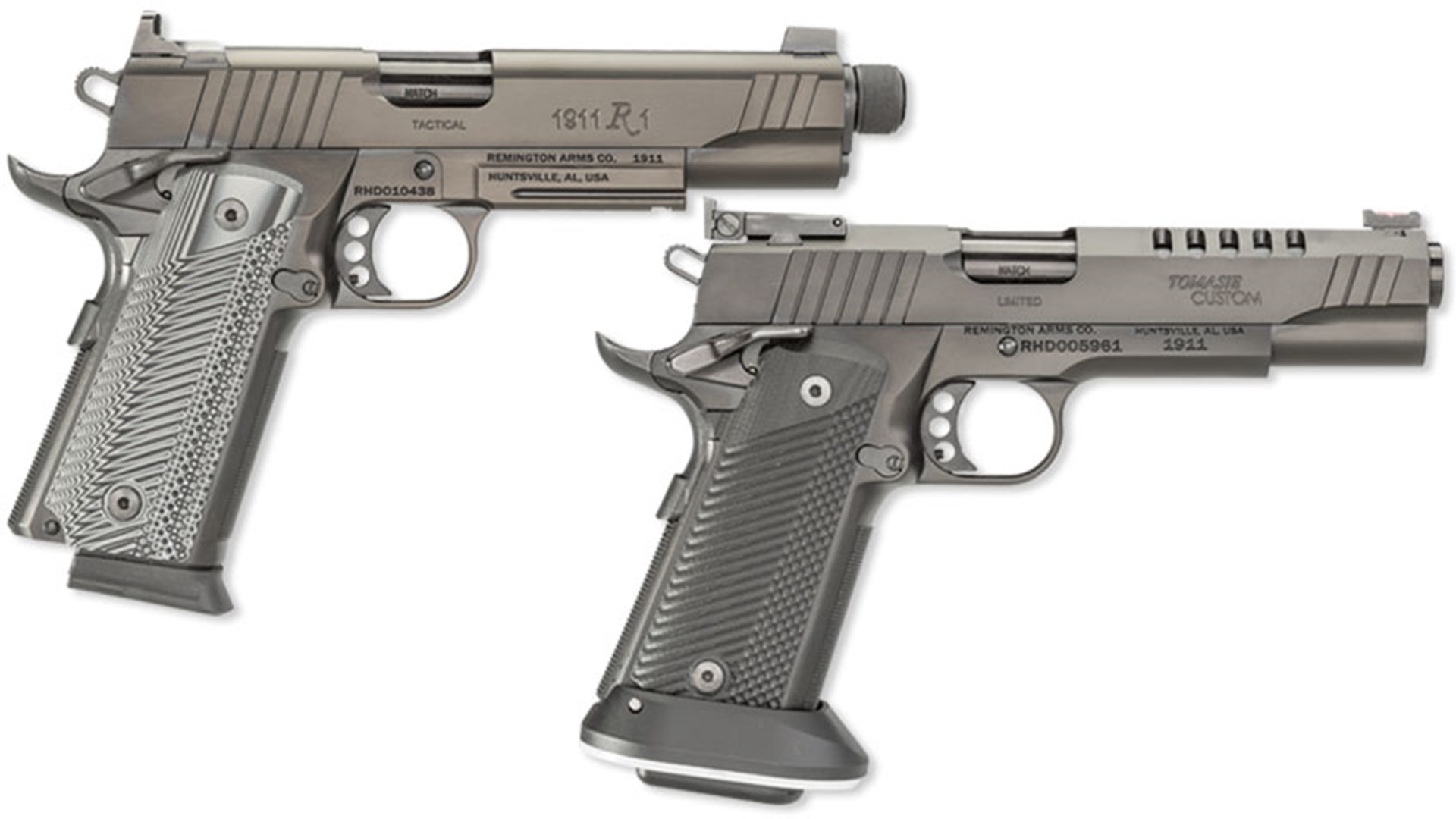
There are three other notable variants of the wide-body frame. Israeli manufacturer BUL made a PARA-type frame out of polymer with a steel insert the company called the M-5. This frame was also used by Springfield, Kimber and Charles Daly. Wilson Combat made pistols with a similar polymer/steel frame. Note that while these frames are made of steel and polymer, the components are permanently bonded together so they are not a modular frame.
Both the BUL and Wilson guns used a proprietary magazine that is not compatible with PARA-Ordnance. The other wide-body variant was an all-metal frame made by Caspian Arms (and used by Les Baer), which used a modified Tanfoglio-pattern magazine, giving it a slightly smaller circumference than a PARA-Ordnance frame.
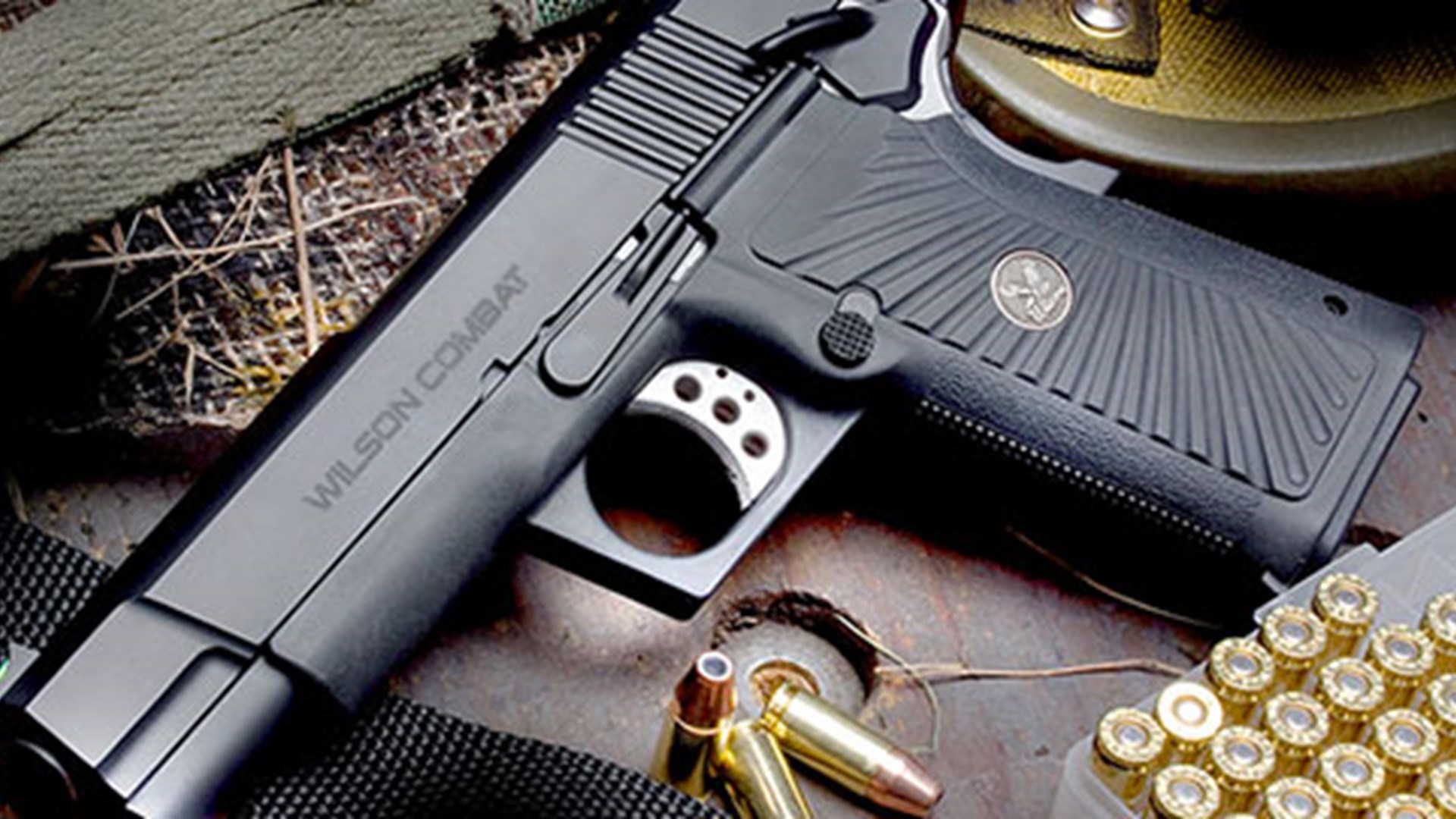
Despite the fact that all of the previously mentioned firearms are no longer in production, nevertheless the wide-body M1911 persists, most noticeably with models offered by Philippine manufacturer Armscor under its Rock Island Armory brand. The company makes more than 20 different models of PARA-style, wide-body M1911s with double-column magazines in its Standard, TAC Ultra and PRO Ultra Match line-ups, with chamberings including .45 ACP, 10 mm Auto, .40 S&W, 9 mm Luger and .22 TCM. The company even produces its version of the Warthog, the BBR 3.10.
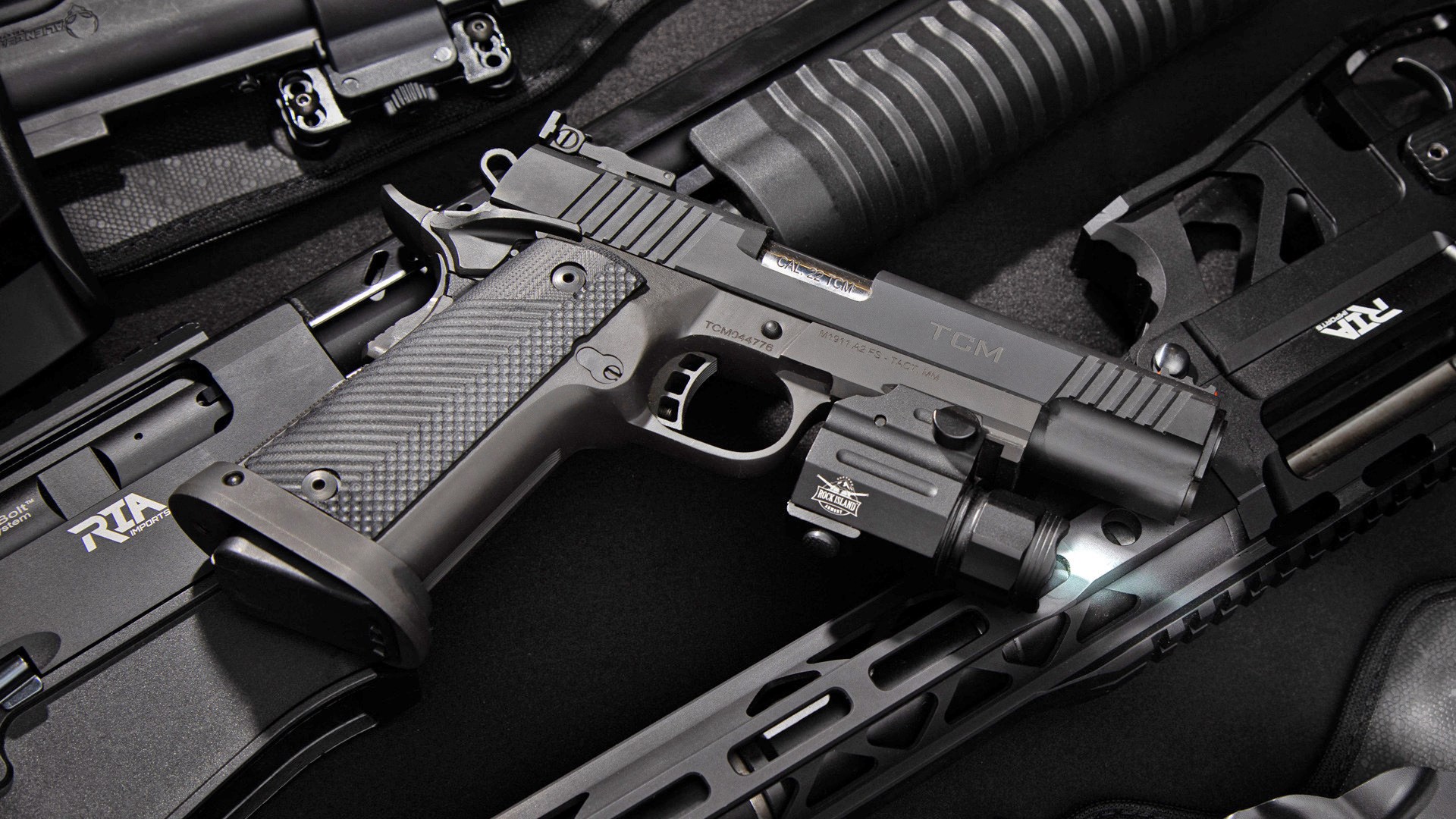
The 2011
First things first, it should be noted that “2011” is a name trademarked to Staccato 2011, LLC, specifically denoting the pistol design that they manufacture, a fact that explains the creative names that other manufacturers come up with for their 2011-type pistols. That said, for the sake of clarity, I will refer to all modular-frame M1911s as “2011s.”
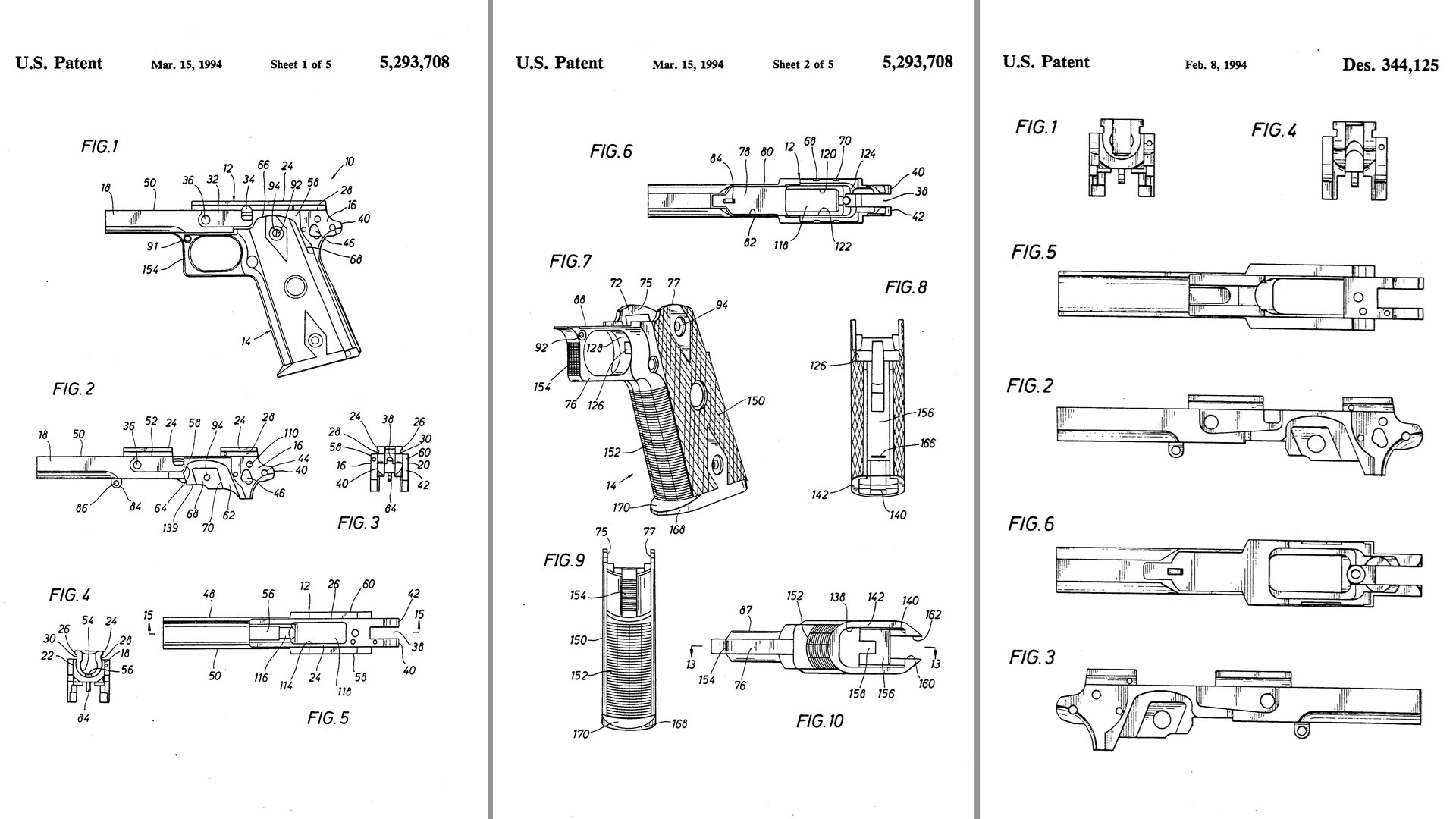
The 2011 is a design that originated when gunsmith Virgil Tripp partnered with engineer Sandy Strayer to build a lighter weight and higher-capacity competition M1911. Eventually, two companies would be born from that partnership, STI and SVI (a good overview of that history here).
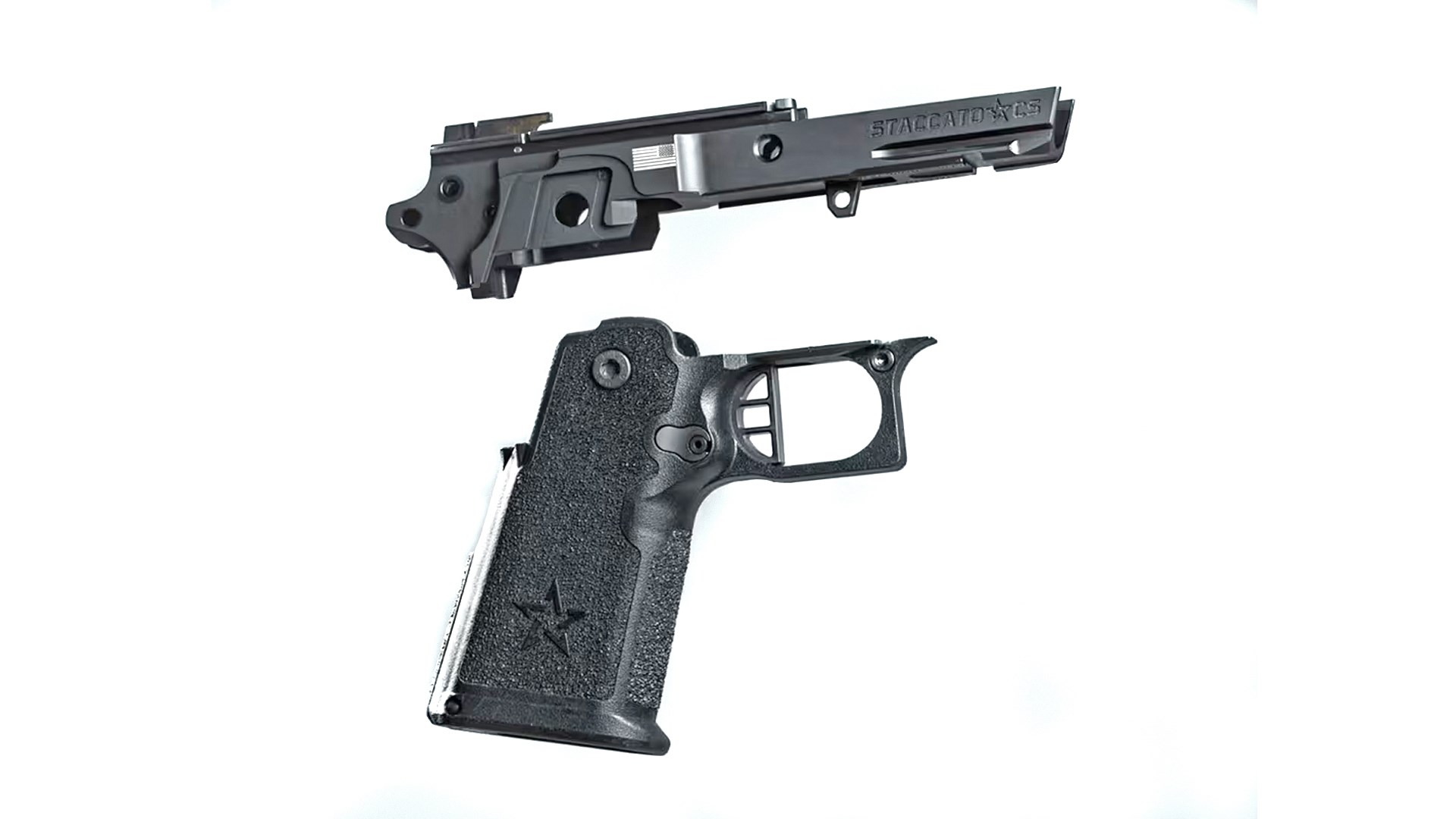
Though the popularity of 2011 designs has led to many M1911-type pistols with double-column magazines being erroneously labeled “2011”, the key feature of a 2011 pistol is its hybrid modular frame, where the main frame and grip frame are made of different materials and bolted together. This can be in a number of different combinations, with the frame typically being steel, titanium or aluminum and the grip module steel, aluminum or polymer. Instead of separate grip panels, the grip frame has texturing molded or machined in. An easy way to tell a 2011 at a glance is the screw at the top of the trigger guard and a single screw in the “grip” that attach the grip module to the main frame.
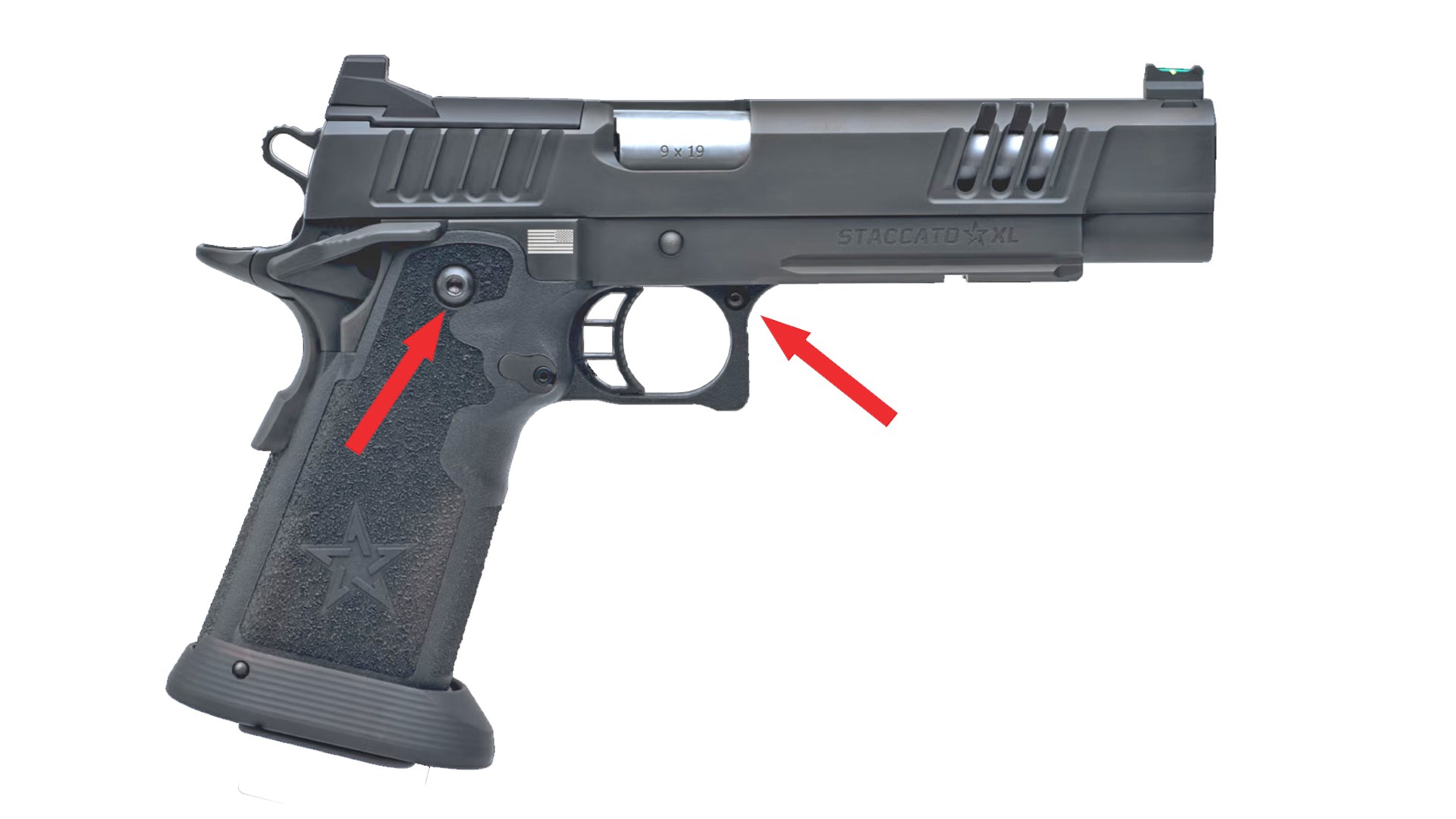
As the grip module is not the serialized part considered to be “the firearm,” modules can be easily swapped around to the shooter’s taste. In fact, now an owner’s hand can be digitally scanned and a custom-fit grip module 3-D printed.
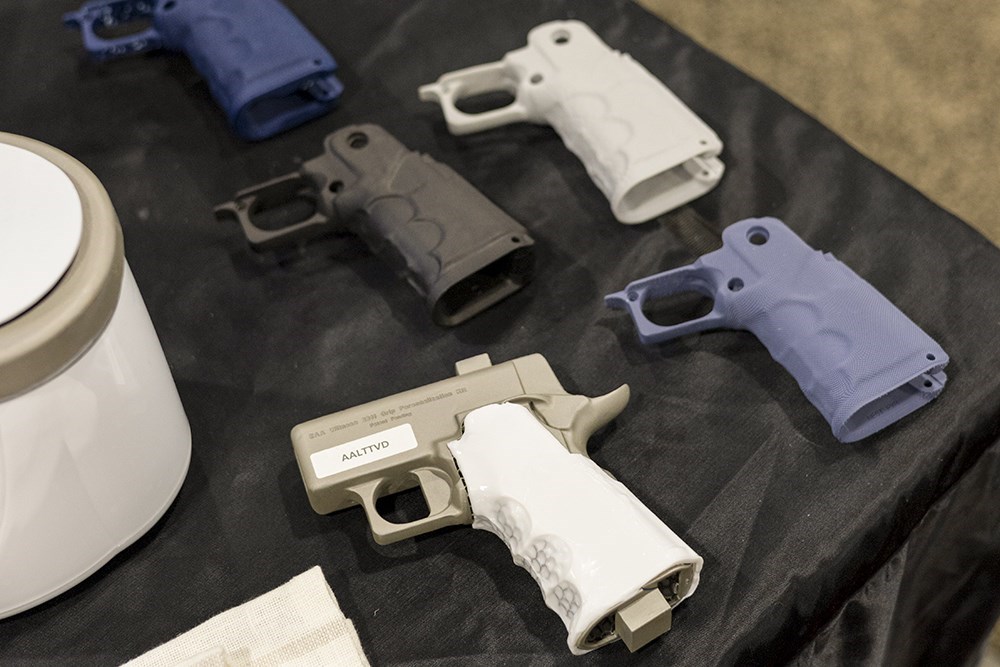
Originally, like PARA-Ordnance, STI offered bare frames for gunsmiths to build on, and eventually complete guns as well. Also like PARA frames, 2011s tend to be compatible with most standard M1911 parts, with the exception of magazines, magazine releases and triggers. For decades, 2011 pistols remained in the realm of high-end custom competition guns. That began to change in 2019 when the U.S. Marshals Special Operations Group adopted the Staccato-P and many law enforcement agencies and civilians started examining the 2011 closer. The following year, STI re-branded itself as “Staccato,” and the rest is 2011 history.
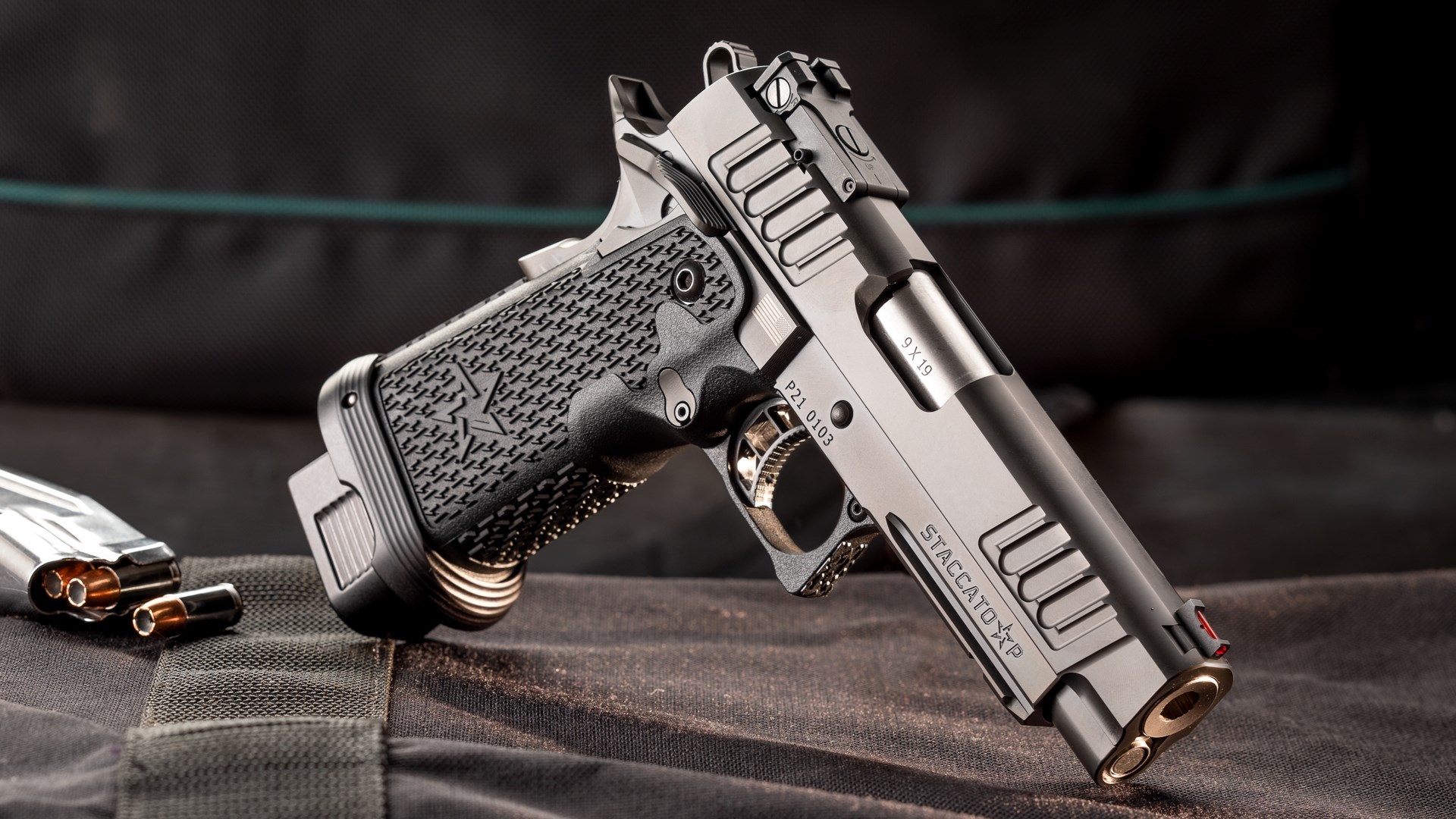
Based on the popularity of Staccato’s firearms, other manufacturers got into the game, lowering the entry price to 2011-type pistols and creating a diverse market with many options. Most notable are Springfield Armory with its 1911 DS Prodigy in 2022 and the Kimber 2K11 introduced this spring. Imports have also gained a foothold in the entry-level market, with Turkish-made pistols from Tisas and Girsan being offered with three-digit MSRPs. While 9 mm Luger is the cartridge of choice for most 2011 buyers, examples in .45 ACP, 10 mm Auto, .40 S&W and .38 Super are being made as well.

The 2011 design has evolved so much that some modular-frame pistols have so little of their M1911 roots left, we maybe shouldn’t call them “2011s.” Examples include the OA Defense 2311, which uses SIG P320 magazines, and Staccato’s newly introduced HD, which feeds from the ubiquitous Glock-pattern magazines.
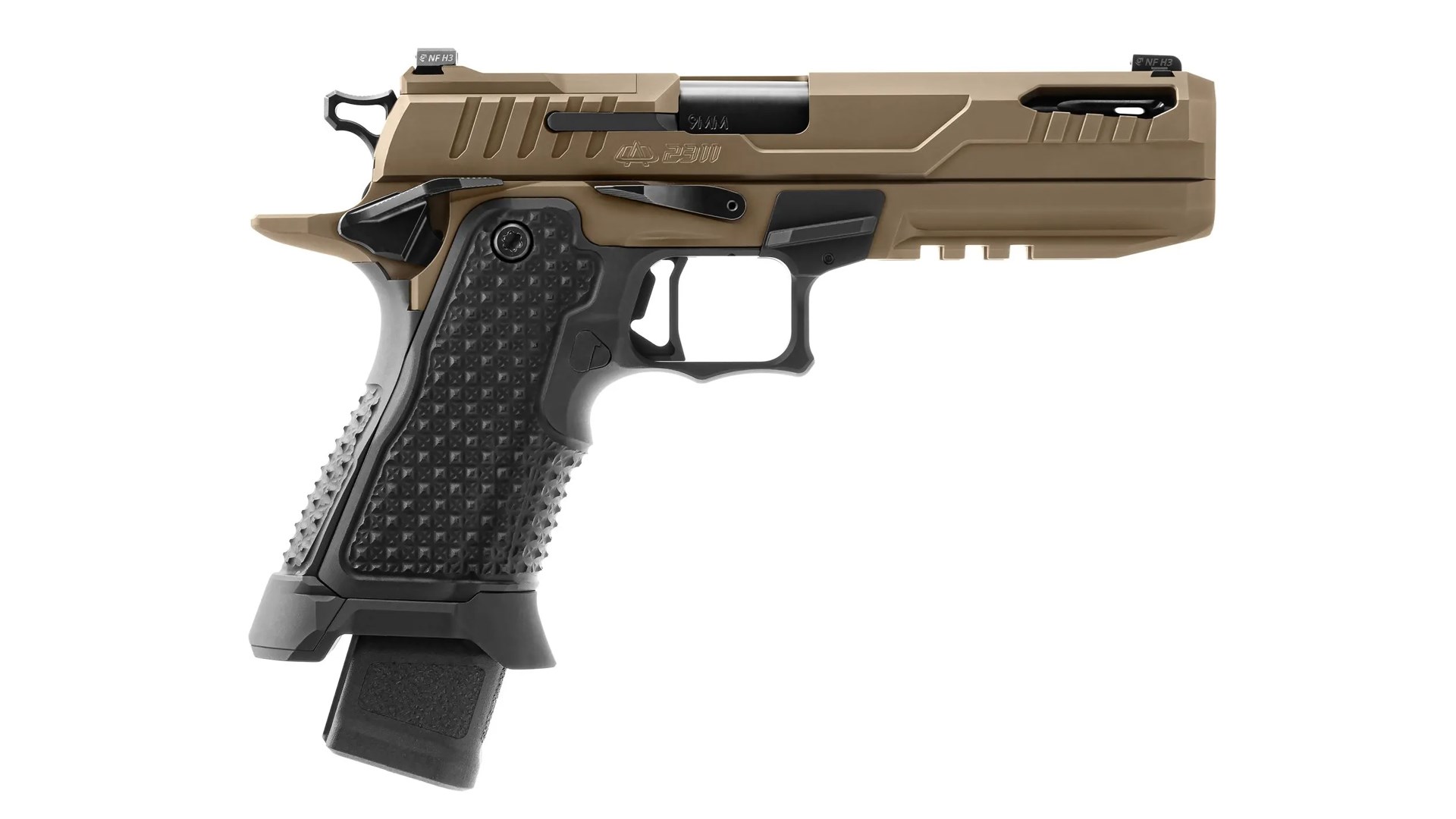
Proprietary, Carry-size, Double-Stack, 9 mm 1911s
The final category of “proprietary, carry-size, double-stack, 9 mm 1911s” was kicked off when Wilson Combat introduced its EDC X9 in 2016. Although not a true 1911, the EDC has aesthetics that JB himself would recognize and uses a single-action, hammer-fired mechanism designed to be carried “cocked and locked.” Smaller than a standard Government Model, guns like the EDC are scaled around the 9 mm Luger cartridge and use double-column, metal-bodied magazines that typically hold 15 rounds. Due to their size and one-piece lightweight aluminum frames, they represent the most practical double-stack “1911” for the concealed-carry practitioner, offering the size, weight and capacity of a striker-fired, polymer-framed handgun with an M1911 trigger pull.

Wilson has added its similar SFX9 and SFT9 to the company’s lineup. Other pistols I place in this category include Kimber’s KDS9c series. Since pistols of this type don’t adhere strictly to the M1911 pattern, a wide variety of designs could be included in this classification, from the Alpha Foxtrot 1911-S15 that feeds from Shield Arms 15-round magazines to Smith & Wesson’s CSX. All of these designs are proprietary, with little or no compatibility with standard M1911 parts or accessories.
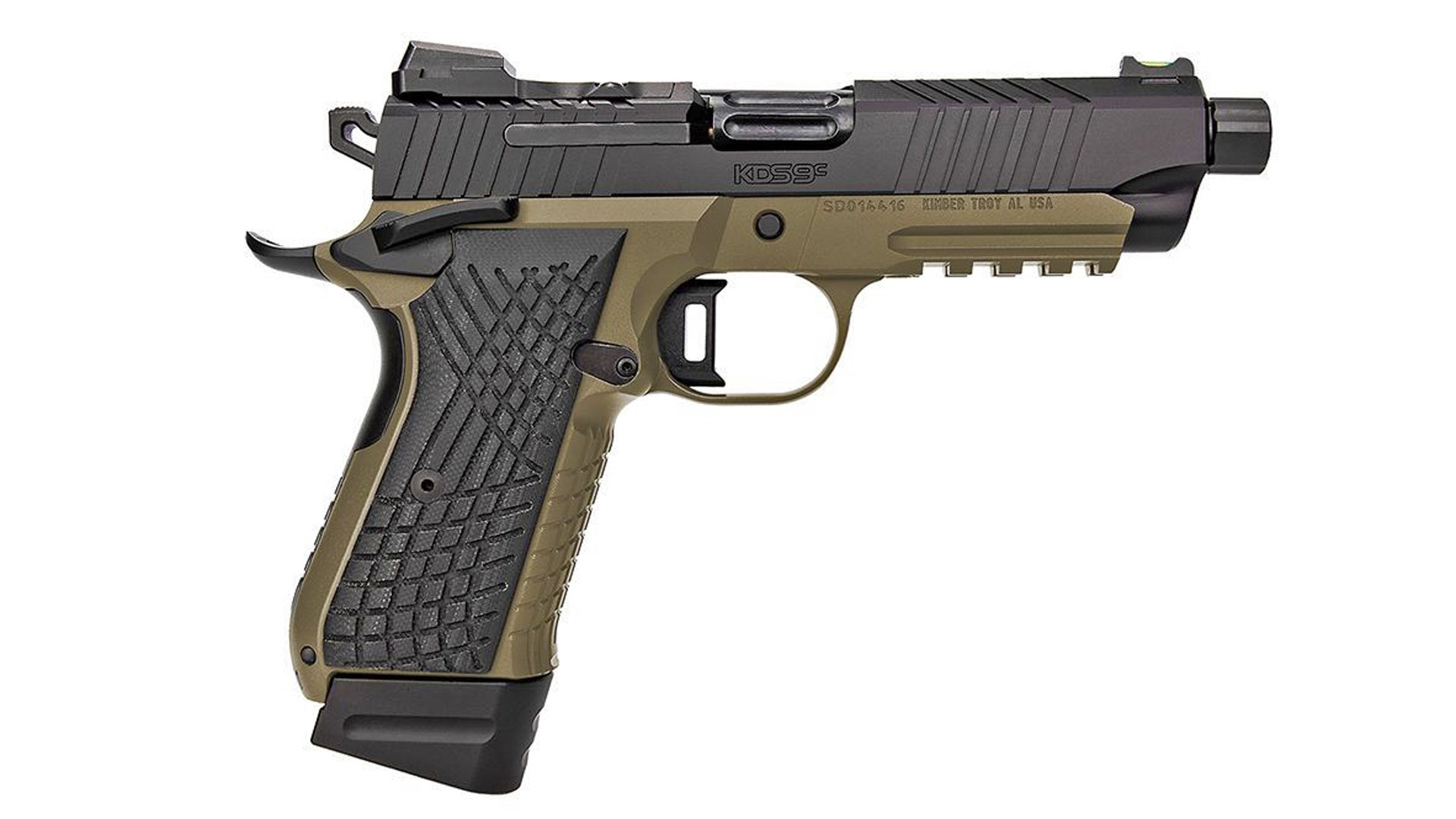
The addition of double-column magazines to the M1911 design have given the century-old pistol a new lease on life, taking it from venerated elder to the high-tech latest and greatest. You can now enjoy all the advantages of an M1911-type pistol without any disadvantage in the capacity department. But remember, simply having a double-column magazine doesn’t necessarily make a pistol a “2011.” Here’s to another 100 years.
Read the full article here

